I promised myself I’d give my daughter every opportunity to grow and develop to the very best of my (and her!) ability. It’s what parents want for their little ones, right? With over a decade of working in elementary education under my belt, I figured this should be easy. Is my first-time mom showing? Every child develops differently, but I can’t believe how much Montessori-based toys have helped her development. From sensory exploration to fine motor coordination, she continues to blow me away.
How the Montessori Method Encourages Children
The Montessori method encourages babies and children to explore the world around them in order to learn at their own pace. This means that the toys we give our children should match the Montessori principles and be designed to help them develop various skills. Children naturally learn by doing and exploring, which can greatly enhance their problem-solving skills.
I very much believe in a Montessori education, as I’ve seen a great amount of development with my own toddler. It’s based on various principles such as respect, allowing them freedom of movement, and providing open-ended toys that don’t require me to give my daughter directions. It’s important to me that I purchase high quality toys that she can explore and manipulate in a variety of ways that she can figure out for herself.
How I Choose Each Montessori Toy
Sensory exploration is a huge priority for me, so the toys I choose for her are mostly Montessori toys. I like to consider criteria like their educational value, level of engagement, and creativity that they encourage. When choosing toys, I try to pay attention to the materials used to make sure they are non-toxic and safe to use (not to mention, toys with easy storage are a huge plus!). Age-appropriate toys that are suitable for her specific developmental stages are something I take into consideration as well.
I wanted to share some of our favorite age appropriate activities and Montessori toys- and I hope you share yours too!
Here are 9 of the best Montessori toys for sensory exploration that you need to try for your baby or toddler
Rainbow Wooden Stacker
- This Montessori stacking toy is so much fun! It includes nesting and stacking rainbow blocks that come with 19 pieces in 7 colors. There are rounded and square rainbow pieces, as well as wooden “people.” The open-endedness allows for tons of stacking and creativity.
- Benefits: color recognition, spatial awareness, hand-eye coordination, encourages creativity and imaginative play, improves logical thinking.
- Best age range: 1-3+
Object Permanence Box
- It may seem like a simple Montessori toy, but it’s honestly very beneficial for little ones’ learning. Basically, the child puts a small ball inside the hole in the box. The ball will roll out of the box and into the attached tray.
- Benefits: This toy helps babies and children to understand the concept of object permanence. By observing that the ball did not simply disappear, a child can experience a sense of continuity and gain a better understanding of cause and effect.
- Best age range: 6-24 months
Sensory Balls
- This pack comes with six concave and convex-textured balls in different shapes and sizes, which are easy to pick up and fabulous for developing tactile skills as well as effectively exercising your baby’s ability to grasp objects.
- Benefits: The fun, bright and colorful design engages the visual senses and encourages color recognition skills. Their size and shape encourage the use of fine motor skills, pincer grasp, and hand manipulation for future handwriting development.
- Best age range: great for infants and babies 3-12 months (but my 22 month old toddler still loves them!)
Sandpaper Letters
- These come with a pack of each 26 lower and upper case sandpaper letters. This is a great tactile activity. The child guides their hand to trace their fingers along the sandpaper surface that shapes each letter in the precise style and direction that each would be written.
- Benefits: The material provides an activity to prepare the child for writing and helps them learn letter shapes. As an extension activity, when the child is ready, the letter cards can be combined to help the child to begin to form simple familiar words. The sandpaper surface gives a more tactile experience and encourages interested in language development.
- Best age range: 3 years +
Color Tablets
- This is a classical Montessori color resemblance sorting and color matching toy. It comes with 16 pieces of beechwood skittles painted in four shades, with 4 wooden stands to hold each set of skittles.
- Benefits: The Color Task provides an excellent opportunity to introduce vocabulary so that the child may learn the names of each of the colors and the associated descriptive terms.
- Best age range: 3 years +
Wooden Blocks
- These wooden blocks come in 5 colors and 11 different shapes. Children can build castles, parks, schools, cars, bridges, and more. I love the simplicity of the natural materials that inspire imagination and pretend play.
- Benefits: Encourage children’s imagination and cognitive development, both individually and in a group. It helps build concentration skills as they build, stack and balance. Also great for sorting wooden blocks, identifying colors and shapes, and developing good storage habits.
- Best age range: 1 year +
Pull String Activity
- One side has three holes and a push-and-slide button. The baby can press and slide the button from one hole to another. The other side is equipped with soft buttons, and the baby can press it with his/her hands to make a pop sound. There are 6 ropes and they all have different textures. Children can pull the rope back and forth to hear and feel the vibrations from different ropes. They also double as teether toys!
- Benefits: fine motor skill development, sensory exploration, gross motor development, and hand-eye coordination
- Best age range: 6 months +
Busy Board
- This board contains a zipper, locks, laces, doors, gears, velcro, buckles and a wheel. I feel it’s one of the best Montessori toys for babies!
- Benefits: helps develop fine motor skills, encourages sensory exploration, life skills like shoe tying, logical thinking, problem-solving
- Best age range: The online listing says 3 years +, but I personally think it could be useful for 18 months + (my 22-month-old toddler LOVES this Montessori toy!)
Tissue Wonder Box
- This sensory tissue box is inspired by toddlers’ fascination with wet wipes, tissue boxes & paper. Toddlers love to pull tissues out of containers & spread them all over the floor!
- Benefits: Learning about textures and materials, emptying and filling, helps them learn colors and counting, imaginary play, hand-eye coordination, enhances fine motor skills.
- Best age range: 3-12 months
Related topic: 8 Reasons Why Montessori Toys Are Crucial for Your 1-Year-Old’s Cognitive Development
FAQ
1. What are Montessori toys?
Montessori toys are toys, tools, and activities that help children develop skills such as cognitive, sensory, problem-solving, fine motor development, and social interaction. The toys very often involve self-directed play that encourages hands-on learning, creativity, cause and effect, and help kids use their imagination.
2. What are the benefits of using Montessori toys?
Answer: The benefits of using Montessori toys include developing fine motor skills, sensory exploration, and creative cognitive skills. In addition, Montessori toys help develop language learning, hand-eye coordination, and encourage imagination.
3. What is not considered Montessori a toy?
Toys with too many lights, buttons, and distractions are typically not considered Montessori friendly because those things can take away from concentration and imagination. Toys tend to be a little more simple and are often made of wood. Maria Montessori believed that wooden toys encourage a sense of appreciation for natural materials from an early age.
4. What are some of the best Montessori toys for sensory exploration?
Some of the best Montessori toys for sensory exploration are: stacking toys, object permanence boxes, busy boards, Pikler triangle, and sensory balls.
5. How can I make my own Montessori toys?
Making your own Montessori toys can be a great way to save money and encourage creativity. Some ideas for making your own Montessori toys include creating a sorting game with different colors and shapes, using paper towel rolls or an old cardboard box to make tunnels, creating puzzles out of cardboard and tape, filling water bottles with objects such as dried beans, and using old milk cartons to create a mini-greenhouse. You can also find many tutorials online on how to make Montessori toys.
6. What are some of the best tips for using Montessori toys?
Let your child explore and use their imagination! Provide open-ended toys that encourage creative play and toys that don’t require instructions.
I’m always looking for new toys and ideas for my toddler. What are some of your favorite Montessori toys for sensory exploration? Drop them in the comments!

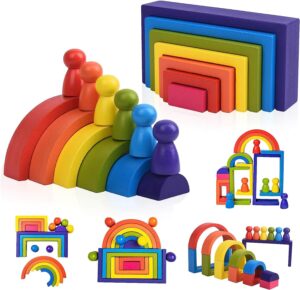
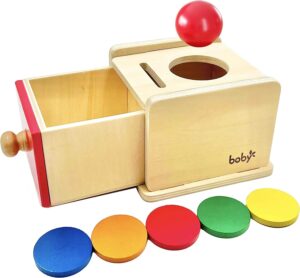
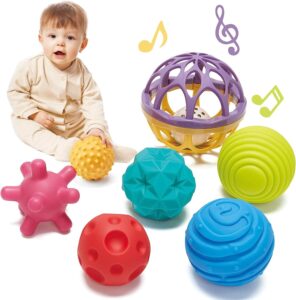
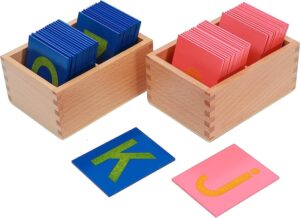
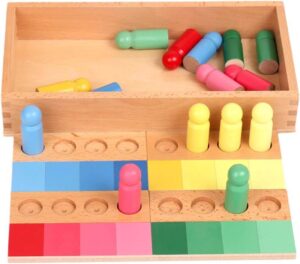
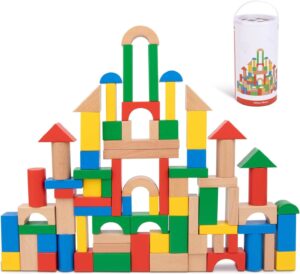
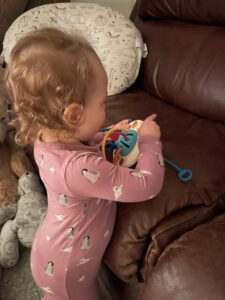
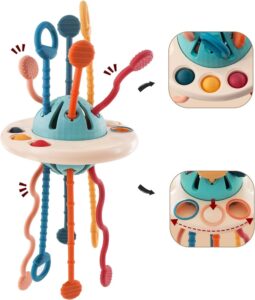
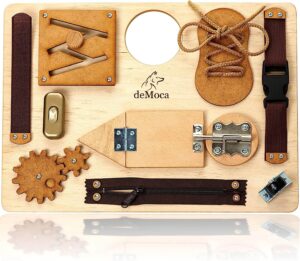
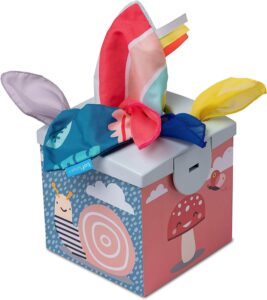
I like this weblog its a master peace ! Glad I observed this on google .
Everything is very open and very clear explanation of issues. was truly information. Your website is very useful. Thanks for sharing.
Really clean site, appreciate it for this post.
buying fb accounts buying facebook accounts
buy a facebook account buy facebook ad accounts
buy facebook ads accounts https://buy-ad-accounts.click
buy account facebook ads buy facebook accounts
площадка для продажи аккаунтов https://kupit-akkaunt.online
маркетплейс аккаунтов соцсетей https://akkaunty-dlya-prodazhi.pro
маркетплейс аккаунтов https://online-akkaunty-magazin.xyz/
маркетплейс аккаунтов соцсетей магазины аккаунтов
продажа аккаунтов https://akkaunt-magazin.online
купить аккаунт akkaunty-na-prodazhu.pro
Website for Selling Accounts Account market
Account Sale Account Buying Service
гарантия при продаже аккаунтов биржа аккаунтов
маркетплейс аккаунтов маркетплейс аккаунтов соцсетей
продажа аккаунтов соцсетей аккаунты с балансом
магазин аккаунтов социальных сетей маркетплейс аккаунтов
I just like the valuable information you provide to your articles. I’ll bookmark your weblog and test again right here frequently. I am moderately sure I’ll be informed plenty of new stuff proper here! Good luck for the following!
Admiring the commitment you put into your website and in depth information you offer. It’s awesome to come across a blog every once in a while that isn’t the same unwanted rehashed information. Excellent read! I’ve saved your site and I’m adding your RSS feeds to my Google account.
Hello there, just became alert to your blog through Google, and found that it’s really informative. I’m going to watch out for brussels. I will be grateful if you continue this in future. Numerous people will be benefited from your writing. Cheers!
Rattling great info can be found on web site. “Many complain of their memory, few of their judgment.” by Benjamin Franklin.
naturally like your web-site but you need to check the spelling on several of your posts. Many of them are rife with spelling issues and I find it very bothersome to inform the truth then again I’ll certainly come back again.
Thanks for the sensible critique. Me and my neighbor were just preparing to do a little research on this. We got a grab a book from our local library but I think I learned more from this post. I’m very glad to see such magnificent information being shared freely out there.
An impressive share, I just given this onto a colleague who was doing a little analysis on this. And he in fact bought me breakfast because I found it for him.. smile. So let me reword that: Thnx for the treat! But yeah Thnkx for spending the time to discuss this, I feel strongly about it and love reading more on this topic. If possible, as you become expertise, would you mind updating your blog with more details? It is highly helpful for me. Big thumb up for this blog post!
Your place is valueble for me. Thanks!…
Great blog here! Also your web site loads up very fast! What web host are you using? Can I get your affiliate link to your host? I wish my website loaded up as quickly as yours lol
You rocked this subject and have astounding insights. I also work hard in putting together great content about SEO, feel free to visit Article Sphere
Great round up! All of these make for such nice gifts too
Where have you found the best and less expensive places to purchase some of these toys? I love your idea of making our own too!